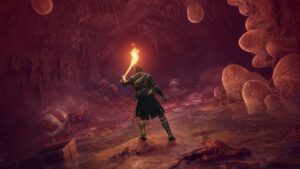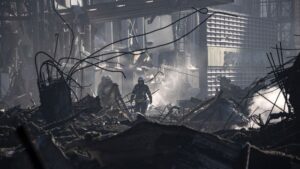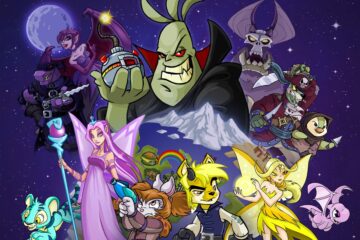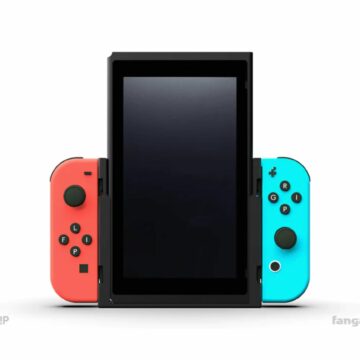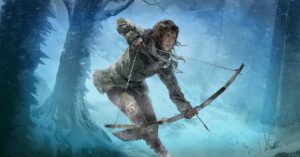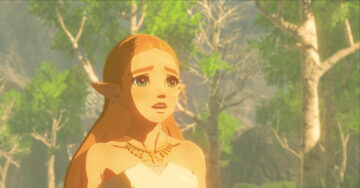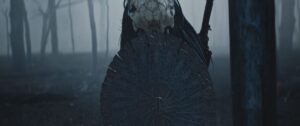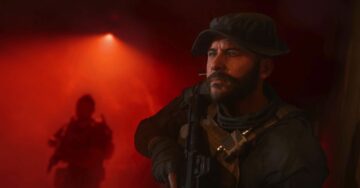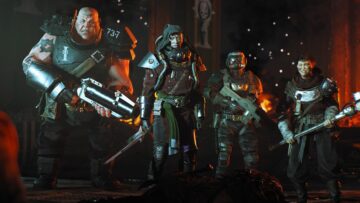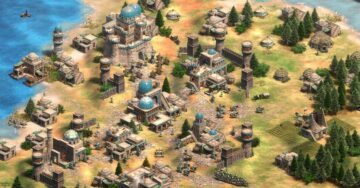When Chris Columbus set out to cast Harry Potter’s Golden Trio more than 20 years ago, he knew he might be picking the faces not just for a single movie, but for an extensive franchise, complete with a series of multimedia phenomena. Casting children who don’t have a lot of projects under their belt is tricky, but Columbus had experience from working on previous kid-centered films — particularly Home Alone. Macaulay Culkin’s naturalistic approach to acting in that film strongly informed Columbus’ choices for Harry Potter.
“When it came to casting the Potter kids, I wanted that same sort of realism,” Columbus tells Polygon, as the movie’s 20th anniversary approaches. “What happens when you cast an actor who has not had a lot of experience is that they bring in a tremendous amount of reality, naturalism, and comedy based on instinct, not based on the fact that they’ve done seven years of a Nickelodeon show. So for me, [the goal] was finding these unknown actors who could basically become these characters.”
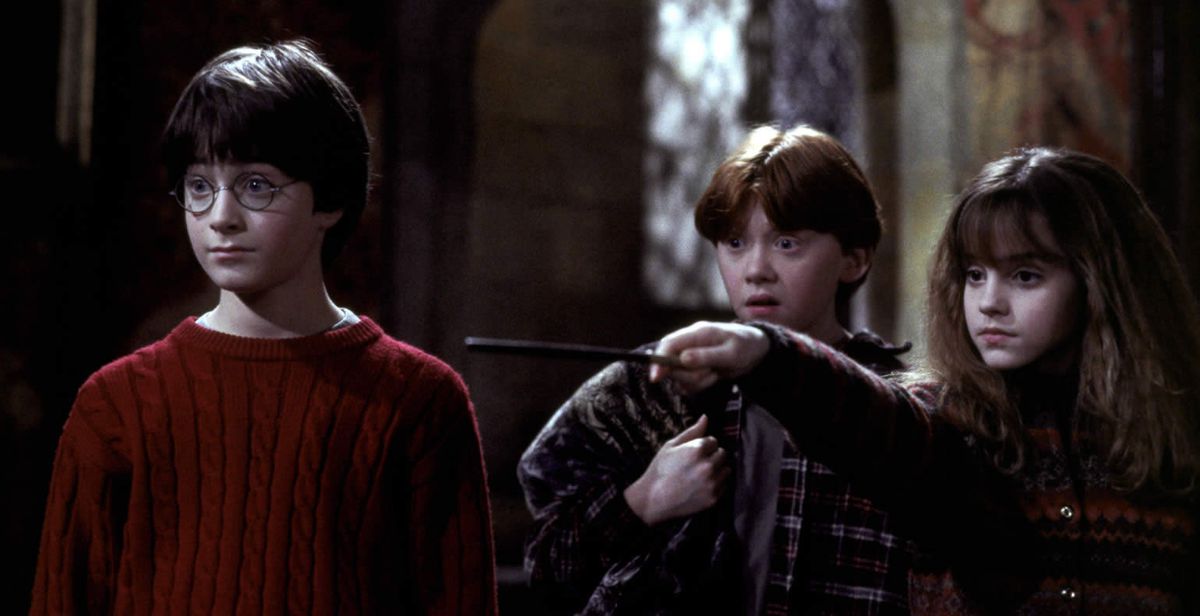
While the audition process opened the doors to thousands of actors, Columbus was dead-set on Daniel Radcliffe from the moment he watched the young actor’s performance in the BBC One television adaptation of David Copperfield. A specific haunted quality in Radcliffe’s eyes stood out to Columbus.
“I can’t explain it,” he says. “There was something going on behind his eyes that was extremely, extremely complex for a kid that age. And I thought, Well, that’s what Harry’s going through, this incredibly difficult life with his aunt and uncle and his cousin Dudley. I thought, Dan looks like the kind of kid who could play this in a deeper way. And he’s just proven it time and time again, not only through Harry Potter, but with all of his performances.”
Columbus says that, while so much of the first movie felt like an acting class for the relatively young cast, by the time he started work on the second film, they had begun to develop serious acting chops. Columbus’ fondness for practical effects over digital effects may have assisted. Ever since watching Jurassic Park, he felt that practical effects helped bring the audience into the world of the movie. And when working with young actors, giving them something tangible to react to on set became paramount. In some cases, like with Dobby the House Elf in Harry Potter and the Chamber of Secrets, Columbus had to rely on CG, but wherever possible, he liked to give the children something real to perform against.
“When you actually have the creature on the set, it changes their performance, because they’re in that world. Like the chess scene,” says Columbus. “The chess scene was 95% practical. There are a few visual effects in the scene. I love the performances of the kids and that scene, because they’re dealing with real explosions. They’re dealing with real, giant chess pieces. We built everything.”
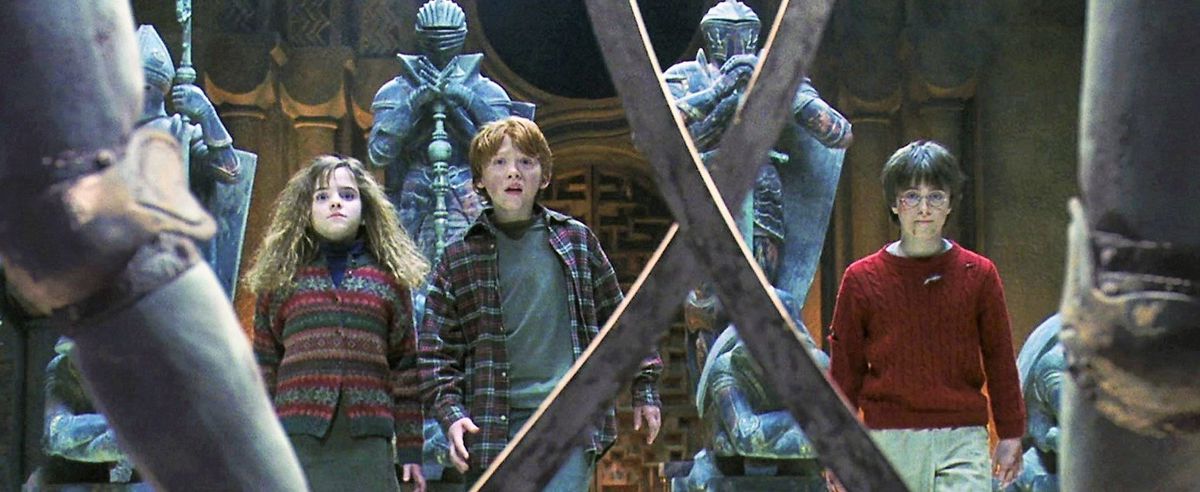
Working with young actors was not the only thing Columbus tapped from his Home Alone experience. He also brought in some of the same sensibilities around set design.
“I said to each of my department heads [on Home Alone], I want this film to feel timeless. In other words, I don’t want someone to turn it on 25 years from now and it feels dated. I want it to feel as if it were made yesterday. Everything from the wardrobe to the wallpaper — everything had to feel like it had a timeless quality. We brought that sensibility to Harry Potter,” he says. “The goal was, if you’re in Hogwarts, you may not be able to tell what year this movie was shot. This could have been shot in 1956, maybe 1977. Maybe it was shot in 2020. And that’s the thing I’m most proud of: You can’t really pinpoint it.”
- 2020
- All
- approaches
- around
- audience
- bbc
- cases
- Chess
- Children
- Columbus
- Comedy
- dealing
- department
- Design
- develop
- digital
- Director
- experience
- Face
- faces
- Film
- films
- First
- Franchise
- Giving
- Harry Potter
- Home
- House
- HTTPS
- i
- IT
- kids
- love
- May
- movie
- Other
- performance
- play
- Polygon
- Process
- projects
- quality
- React
- Reality
- RON
- Series
- set
- So
- started
- television
- tells
- The
- the world
- time
- Warner Bros
- What
- WHO
- words
- Work
- world
- year
- years
